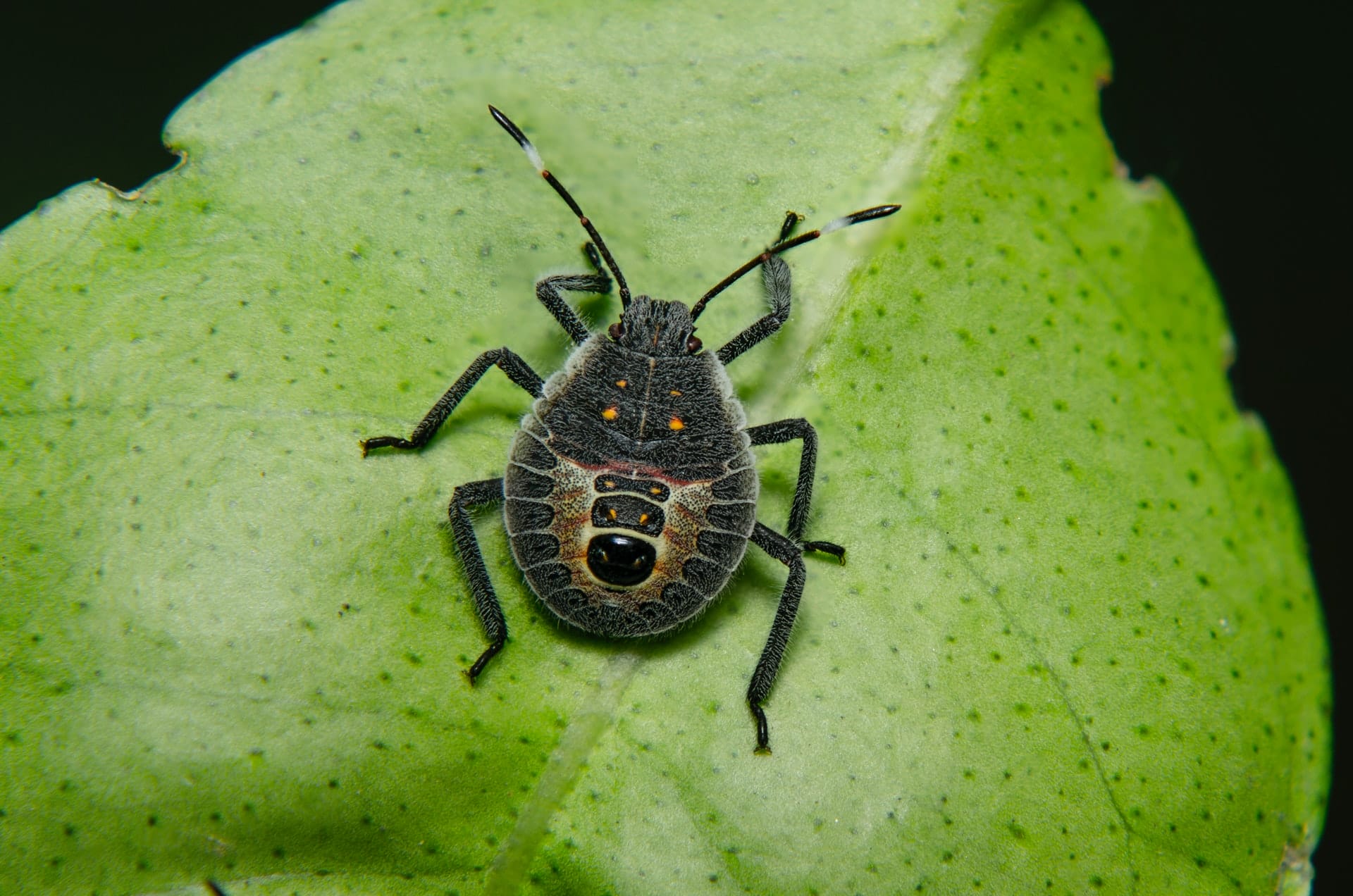Ticks arearthropodsthat may carry different kinds of diseases. These disease-carrying arthropods may be present in your home. As such, it’s important to employ tick control services if you suspect tick infestation in your house. By doing so, you protect you and your family from the following diseases:
Lyme Disease
Known as the most popular form of arthropod-borne disease in the US, Lyme disease is a bacterial infection that humans and animals can acquire. When untreated, Lyme disease can display the following signs and symptoms: fever, erythema migrans (EM) rash, and facial paralysis. In the early stages of the disease, affected individuals may experience fevers, chills, weakness, body pain, and swollen lymph nodes.
EM is also a common symptom of around 70 to 80 percent of individuals infected with the disease. The rash usually starts at the area of the tick bite and gradually expands after several days. When the rash expands, it usually develops into a bullseye target appearance; it may be warm to the tough but is not itchy or painful.
For later symptoms, additional rashes may appear in different parts of the body. The disease sometimes causes individuals to experience facial palsy or the loss of muscle control in the face. The individual may experience some episodes of dizziness, numbness, or shooting pains.
The key to treating Lyme disease is early diagnosis. Most of its symptoms can be treated with antibiotics. However, depending on a person’s age and medical history, other medications may be recommended.
Anaplasmosis
Another bacterial disease caused by ticks is Anaplasmosis. Formerly known as human granulocytic ehrlichiosis (HGE), this disease is transmitted by black-legged ticks, just like Lyme disease. However, it is less common than Lyme Disease.
People with anaplasmosis may usually experience fevers, chills, headaches, and diarrhea during the first week of infection. Infected individuals may also experience nausea and vomiting. If treatment is delayed, though, more severe symptoms may develop.
Some of its severe symptoms include respiratory problems, organ failure, and even death. At the same time, older-aged adults and individuals with weaker immune systems may be susceptible to severe illness caused by anaplasmosis.
To combat the disease, the antibiotic doxycycline is used for treatment.
Babesiosis
Caused by Babesia parasites, Babesiosis is a protozoan infection that can be life-threatening. Through deer ticks, parasites enter the bloodstream and contaminate the red blood cells. Aside from ticks, the disease can spread through blood transfusion or pregnancy if a mom is infected. People are more prone to the disease during the warmer months.
Babesiosis has symptoms like loss of appetite, excessive sweating, body ache, and fever and chills. Hemolytic anemia may also be observed. This happens when the body cannot make new red blood cells as fast as the older cells die.
When hemolytic anemia occurs, an individual may experience dizziness and lack of coordination, paleness and weakness, jaundice, and dark-colored urine may be observed. Just as with other tick-borne diseases, symptoms may be more severe with age or with people who have existing medical conditions.
Like other tick-borne infections, the doctor may prescribe antibiotics for the treatment of babesiosis.
Ehrlichiosis
Individuals with ehrlichiosis experiences similar symptoms as other tickborne diseases. Fevers, chills, body aches, and headaches are only some of the symptoms that infected individual experiences. An upset stomach is an additional symptom a person with ehrlichiosis may experience.
Additionally, a person may also experience nausea and vomiting, as well as rashes for children. When a person develops a rash due to this disease, it may appear as pinpoint dots or red splotches. One out of three infected individuals reports getting a rash after acquiring the disease.
Infected individuals usually experience the above-mentioned signs and symptoms within the first two weeks of getting bitten by an infected tick.Like anaplasmosis, the antibiotic doxycycline is used for the treatment of ehrlichiosis. However, if treatment is delayed, the disease can develop more complicated symptoms and illnesses. Such symptoms include severe damage to the nervous system, respiratory failure, organ failure, severe bleeding, and even death.
Young kids and older adults are at risk of developing severe symptoms and illnesses when infected with ehrlichiosis. People who have cancer or are infected with HIV may have weaker immune systems and may therefore be at risk of developing severe symptoms.
Thankfully, most of these diseases are easily curable when diagnosed early. But as always, preventing catching these diseases is always ideal. Doing so will save you from the stress and costs of going to the hospital. So take the necessary measures to ensure no one has to encounter these illnesses.
